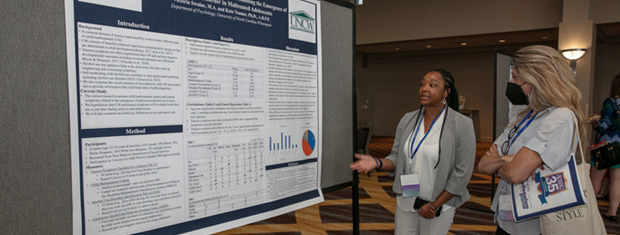




The APSAC Advisor is a peer reviewed quarterly news journal for professionals in the field of child abuse and neglect.
The APSAC Advisor provides succinct, data-based, practice-oriented articles that keep interdisciplinary professionals
informed of the latest developments in policy and practice the field of child maltreatment. It is designed to highlight
best practices in the field and publish original articles and current information about child maltreatment for professionals
from a variety of backgrounds including medicine, law, law enforcement, social work, child protective services, psychology,
public health and prevention in the U.S.
 If you wish to learn more about submitting an article to the Advisor, please click here.
If you wish to learn more about submitting an article to the Advisor, please click here.
This library contains Advisor issues dating back to the first issue in 1988. The most recent issue appears at the top.
Scroll down to select past issues by year and issue number. Once a publication appears in the box, you
can use the Enlarge button to open the document in a new window or tab (depending on how your browser is set up).
This will allow you to view the document with larger print.
To print a document, first use the Enlarge button to open the document in a new window or tab. Then use your browser's Print command.
To return here from a new tab, close the tab. To return from a new window, click your browser's Back button.
In the listing below, click on a year and issue number to see the articles in that publication.
2006 Number 2
At Issue: Risk Assessment Instruments in Child Protective Services: Are They ‘Evidence’?
While there is universal agreement that expert testimony and evidence must be reliable, there is less clarity regarding the issue of who has final authority to determine this reliability. The question continually presented over the last century has been whether the court, the scientific community, or the jury should be the final arbiter.
In Pursuit of a More Trauma-Informed Child Welfare System
Children’s lives can be affected by trauma in a variety of ways, from natural disasters and accidents to violence in the community and home. The traumatic experience of child abuse and neglect, especially when combined with a history of other, sometimes unrelated, traumatic events can lead to a variety of emotional and behavioral problems for children. As a result of trauma, abused and neglected children are more likely to experience social, emotional, behavioral, cognitive, and physiological problems as they mature into adolescence and adulthood.
Child maltreatment and intimate partner violence are intricately related. This overlap was made clear in a 1999 federal report, entitled “In Harm’s Way: Domestic Violence and Child Maltreatment.”
The purpose of Journal Highlights is to alert readers to current literature on child abuse. Selected articles from journals representing the variety of disciplines reflected in APSAC's membership are presented in the form of an annotated bibliography.
APSAC Advisor 18(2): Full Issue